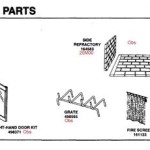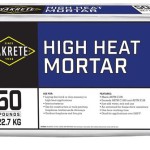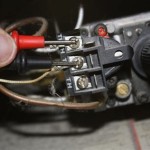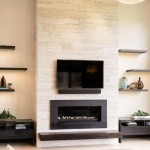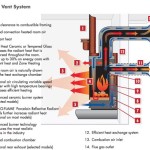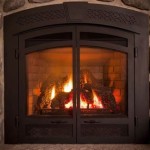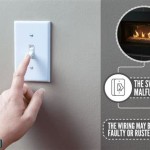Replacing a Gas Fireplace with a Wood Stove: Essential Considerations
Replacing a gas fireplace with a wood stove can transform your living space, adding warmth, ambiance, and a touch of nostalgia. However, the transition requires careful planning and attention to essential aspects. Here's a comprehensive guide to help you make an informed decision:
1. Assessing Feasibility
Before embarking on the project, assess the feasibility of installing a wood stove. Consider the following:
* Building Codes: Ensure that your fireplace and chimney meet local building codes for wood-burning appliances. * Chimney Inspection: Schedule a thorough chimney inspection to determine its integrity and suitability for wood smoke. * Structural Support: Verify that your floor and walls can support the weight of a wood stove and chimney.2. Choosing the Right Wood Stove
Select a wood stove that meets your space requirements, heating needs, and aesthetic preferences. Consider:
* Efficiency: Look for stoves with high efficiency ratings to maximize heat output while minimizing fuel consumption. * Heating Capacity: Calculate the square footage of the area you want to heat to determine the appropriate stove size. * Style: Choose a stove that complements your interior decor, whether it's traditional, modern, or rustic.3. Installing the Stove and Chimney
The installation process involves several critical steps:
* Creating a Hearth: Construct a non-combustible hearth, usually made of concrete or tile, to protect the floor from sparks. * Installing the Stove: Position the stove on the hearth according to the manufacturer's instructions and connect it to a chimney liner. * Chimney Lining: Install a chimney liner to prevent smoke and creosote from escaping. * Smoke Chamber: Build or assemble a smoke chamber above the stove to collect and direct smoke into the chimney.4. Venting the Stove
Proper venting is crucial for safe and efficient operation of your wood stove:
* Chimney Height: Extend the chimney high enough to ensure adequate draft and prevent smoke backdraft. * Chimney Cap: Install a chimney cap to protect against rain, snow, and debris. * Air Supply: Provide sufficient air supply to the fire through an external vent or combustion air kit.5. Ongoing Maintenance
Regular maintenance is essential to ensure the safe and efficient operation of your wood stove:
* Cleaning the Stove: Clean the stovepipe and flue regularly to remove soot and creosote buildup. * Chimney Inspection: Schedule annual chimney inspections to identify and address any potential issues. * Wood Seasoning: Use well-seasoned hardwood to minimize smoke and creosote production. * Safety Inspections: Have your wood stove inspected by a qualified professional every few years to ensure it remains safe and functional.
Replacing A Gas Fire With Wood Burner

Converting A Fireplace To Wood Burning Stove Chesneys

Do You Want To Replace Your Gas Fire With A Woodburner

Converting A Fireplace To Wood Burning Stove Chesneys

Replacing A Gas Fireplace With Real Wood Buringing One Hometalk

Replacing A Wood Burning Stove With Gas Simon Turner Showrooms In Devon

What Does It Cost To Install A Fireplace Vs Wood Stove Stamford Fireplaces

Want To Convert Gas Wood Fireplace Full Service Chimney

Can You Install A Wood Burning Stove In An Existing Fireplace

Want To Convert Gas Wood Fireplace Full Service Chimney
Related Posts

